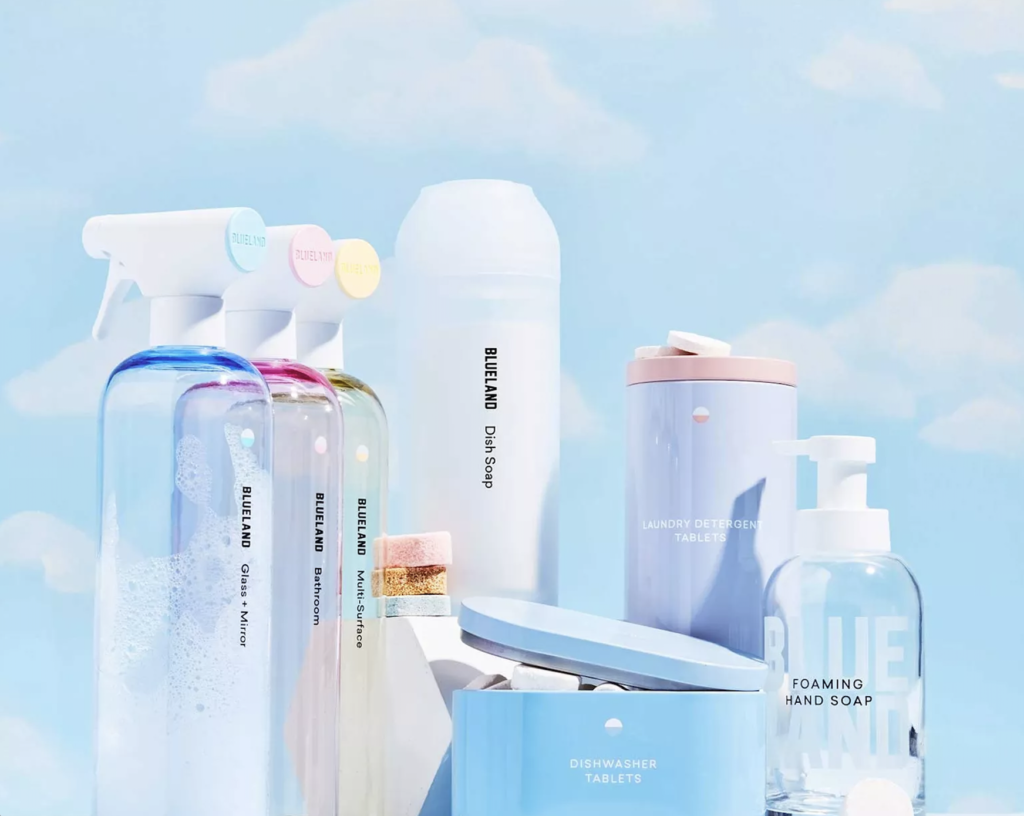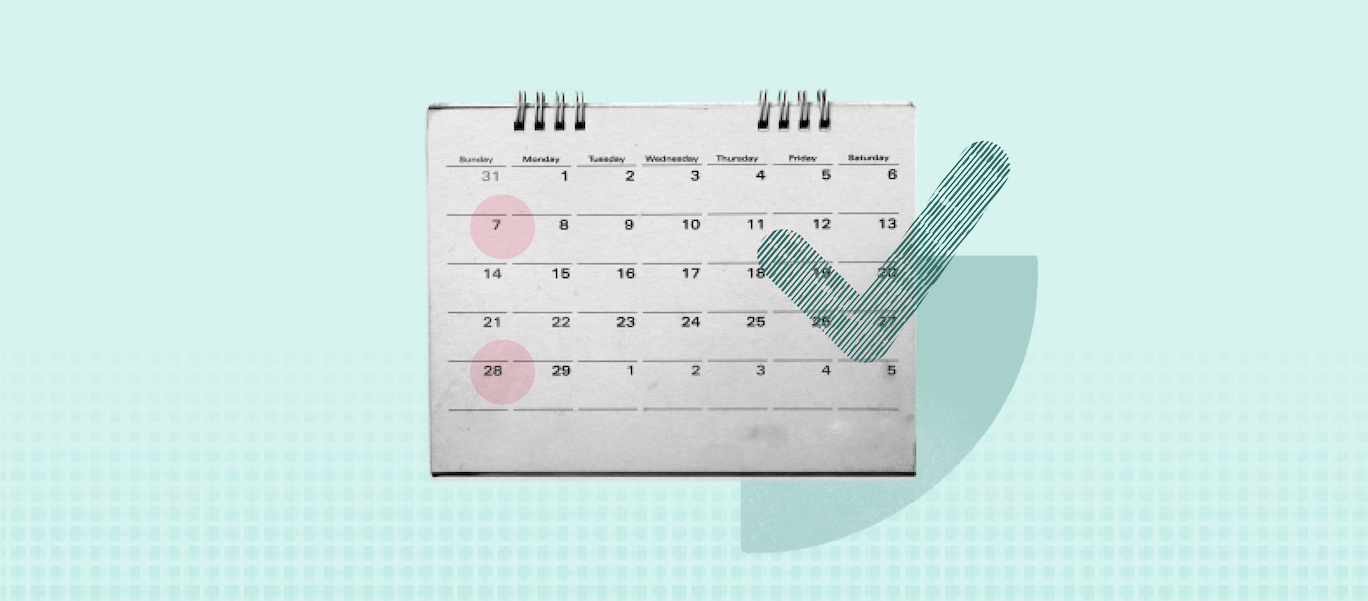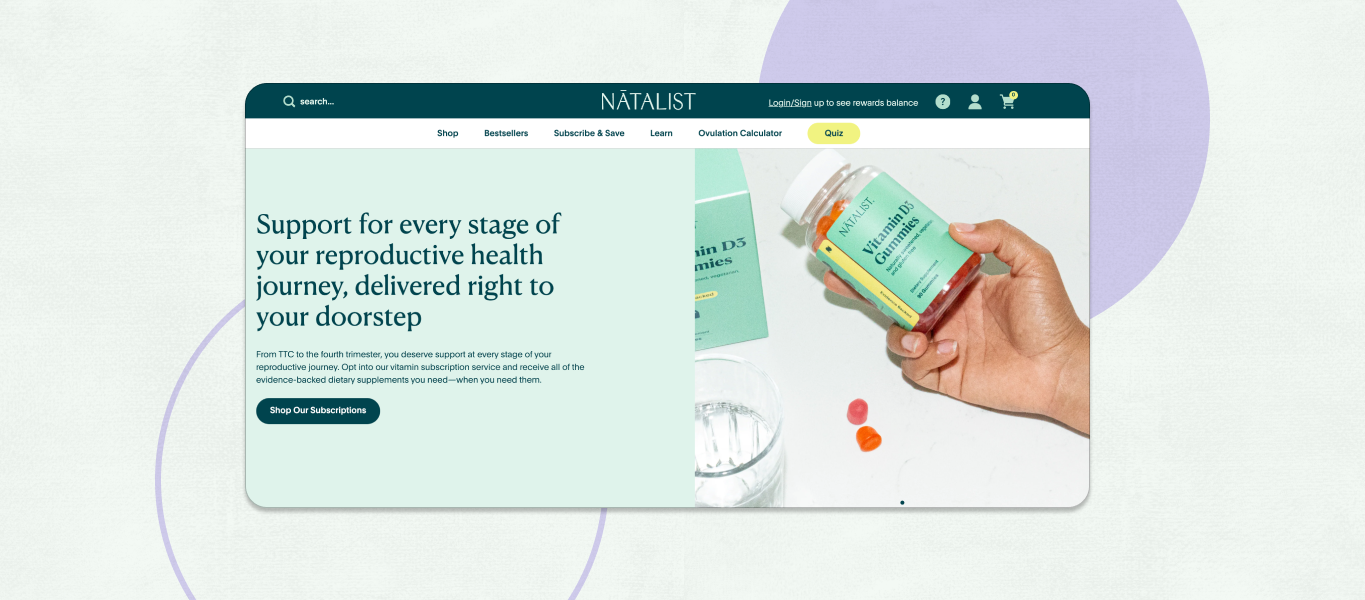More and more, consumers are leaning on subscription businesses to fulfill key aspects of their daily lives. As we saw in our latest State of Subscription Commerce Report, the subscription industry is growing at an unprecedented rate. Between 2019 and 2020, subscribers grew 90% year-over-year. What’s more, those new customers were also spending more: Across all verticals, we found that average order value (AOV) for subscription box businesses rose an average of 6%.
There are three types of subscription models: curation subscriptions, replenishment subscriptions, and access subscriptions. We’ve already covered the benefits and risks to curated subscription boxes. Now, let’s dive into the 411 on replenishment subscriptions.
Replenishment subscriptions: What’s the draw?
As the name suggests, the replenishment subscription business model allows customers to purchase the same items on a recurring basis. Typically, these subscription services involve commodity products, or ones that are used regularly. Popular offerings include subscriptions for coffee beans, cleaning products, razors, and diapers—but product options are nearly limitless.

Comprising 32% of the subscription economy, replenishment services are becoming increasingly popular with consumers for their convenience and value. Also referred to as “subscribe and save,” replenishment subscription boxes often offer their customers financial incentives for choosing a recurring purchase option.
For example, Blueland, a brand that sells eco-friendly cleaning products, offers subscription options for several of their Starter Kits at a 10% discount. These include one-time purchases of certain items, such as reusable bottles, plus refill packs of their cleaning products on subscription.
Beyond the attractive price point of many replenishment subscription–based businesses, their convenience is also a major draw. Because many replenishment subscription products are frequently-used consumables, customers can offload one of their regular tasks by taking advantage of these options. They can “set and forget” the task so they don’t even need to add it to their to-do list, and avoid needing to go out and purchase their items at a brick-and-mortar store.
This can make replenishment subscriptions particularly compelling for customers looking to purchase heavier items, such as beverages or bags of pet food. It can also be helpful for shoppers who are not geographically close to the brick-and-mortar stores of their favorite brands.
Benefits of the replenishment subscription model for merchants
Whether you’re looking to launch a subscription service from scratch or considering offering subscription options for your existing products, the replenishment subscription model can offer a wealth of benefits for your brand, including:
Increased customer lifetime value & AOV
Offering subscription services allows you to go beyond one-time purchases and instead form ongoing relationships with your customers. This means that when your subscriptions are flexible and convenient, over the course of a customer’s lifetime, they’ll spend more with you. Your subscription brand can also further boost AOV through utilizing cross-selling and upselling strategies, such as premium product upgrades and one-time purchases offerings in addition to your staple subscriptions.
Boosted engagement and customer satisfaction
Subscriptions provide natural touchpoints between brands and their customers, be it via upcoming order notifications, a product recommendation quiz, or an email about exciting new add-on items. When that communication continues over a longer period of time with a recurring product, you have the opportunity to gain a deeper understanding of your subscribers and their preferences. You can then fine-tune your subscriptions to suit the unique needs and desires of your customer base, improving customer satisfaction.
Increased customer loyalty
Due to their recurring, relationship-based nature, subscription brands of all kinds are uniquely poised for strong customer loyalty. However, because they typically offer commodity items, replenishment subscriptions have a particular advantage here. When it comes to obtaining their essential daily products, consumers want convenience and ease, and often prefer to stick with a brand they know and love than to hop around. Subscriptions, when made as flexible as possible, provide that opportunity, strengthening your ability to build a loyal customer base.
Considerations before implementing
Though replenishment subscriptions offer a variety of advantages for both merchants and consumers, it’s also important to consider their potential risks. To set your brand up for success, consider the following before launching replenishment subscriptions:
Customer acquisition costs and retention
As important as it is to think about your customer acquisition costs, it’s also important to think about your retention strategies. After all, it’s far less costly for your brand to retain your current customers than it is to acquire new ones.
Tracking your customer behavior through data and analytics can be pivotal here. This will allow your brand to form a deeper understanding of your customers, their behaviors, and their preferences—and in turn, to hone your approaches to both acquisition and retention.
Finally, you should always be sure to contextualize your LTV as it relates to your CAC—not just consider your LTV alone.
Risk of product fatigue
Depending on your business, you may be at risk for your customers experiencing product fatigue over time. Certain product types have a higher risk of this than others. For example, let’s say you’re a protein bar company offering your products on subscription. As time passes, your customers may become bored with your flavor choices.
To mitigate this, it’s important to do your research and offer not only the product types your customers want, but also the number of choices that strikes the right balance for your customers. Too few options? Your customers may tire of your product and switch to a competitor. Too many options? Your subscribers may become overwhelmed, and inventory management may become more complex for your business.
To determine the right balance of product offerings for both your business and your customer base, consider conducting A/B testing. You may also want to think about providing a product matching quiz to help your customers find their optimal product fit.
Success strategies for your business
When thinking about how to optimize your replenishment subscriptions, it’s important to return to the reasons customers are drawn to these offerings: value and convenience. Below are a few strategies for optimizing your offerings that tie back to that bottom line.
Make your subscriptions flexible
One of the most important things you can do to retain your subscribers is to make your subscriptions as flexible as possible. Make it easy for your customers to perform actions like swapping out one product for another, adding on one-time purchases to their subscriptions, and changing their delivery address. Making it easy for your customers to skip or reschedule a delivery can also be a highly effective strategy for reducing churn.
Regardless of the flexible options you choose to offer, think about ways you can empower your subscribers to manage their subscriptions themselves (without having to engage your customer support team). Your customers will then be able to make their desired changes with greater ease and speed, while your business will save valuable time and energy on the support end.
Consider loyalty programs and discount codes
Loyalty programs are an excellent strategy for retaining your current subscribers while providing them with added value. These programs can take a variety of forms. For example, you might consider offering a free gift or discount code to your customers after they’ve subscribed for a certain period of time. You can also consider offering your most loyal subscribers early access to new products, which both provides them with added value and allows you to test the viability of new product offerings.
If you do choose to offer these benefits, make sure your messaging is as clear as possible. This way, your customers will have a clear understanding of how to harness those added benefits.
Hone your omnichannel experience
For consumers, one of the major draws of replenishment subscriptions is their convenience. Therefore, it’s especially paramount that you fine-tune your omnichannel experience. This way, your customers can receive the same high-quality experience regardless of whether they’re shopping in a brick-and-mortar store or online, and no matter the device or platform they’re using. Consider allowing your subscribers to manage their own subscriptions via SMS. Make sure your customers can easily navigate your store from a mobile device or via a social media app so they can have an uninterrupted browsing experience.
Interested in learning more about the subscription business models? Check out our Powerful & Profitable Series: The Power of Subscriptions playbook.



